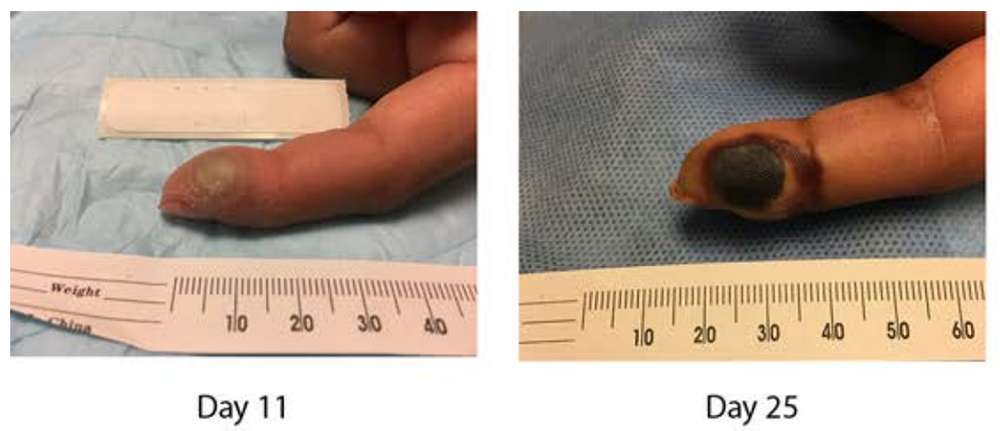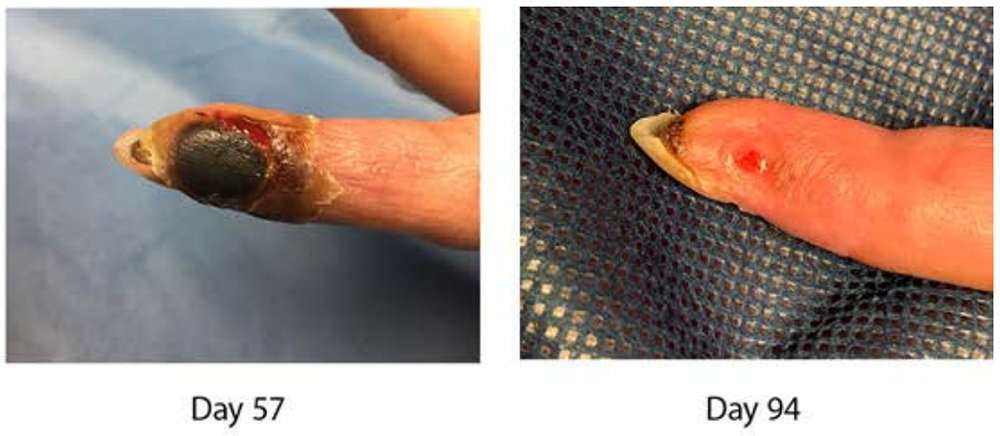It’s estimated that smallpox has killed around 300 million people throughout history, and it remains the only infectious (human-borne) disease to have been completely eradicated worldwide. Because it is easily modified, however, similar viruses can be found in laboratories and other testing facilities around the world.
And that’s how one lab worker got into some very terrifying – and disgusting – trouble.
When the 26-year-old scientist got notice that she would be changing jobs to one that would involve working with the vaccinia virus (VACV) – a large, complex virus related to smallpox – she was informed of the risks and advised to get a vaccination against it.
She declined, citing concerns about adverse effects and worries over managing the infectious lesion at the injection site…a choice I feel comfortable saying she probably regretted.
Because soon after starting her job, she accidentally pricked herself with a needle containing the genetically altered strain while she was attempting to prick a mouse.
Though she immediately washed the wound, notified her supervisor, and visited the local emergency department, the wound got far, far worse before it began to get better.
Image Credit: CDC
The emergency room physicians washed it again, advised her not to let it come into contact with others, and sent her home with a prescription for continuous monitoring.
After 10 days, it had worsened to the point that she was referred to the CDC. Two days after that, she ended up in the emergency room again, this time with a fever, swollen lymph nodes, pain, and a worsening infection in her finger.
She was given vaccinia antibodies to help her immune system fight off the virus, as well as antibiotics for a secondary infection in her open wound, and she felt better after 48 hours.
The infection, however, did not completely clear up until Day 94.
Image Credit: CDC
It’s not clear, still, what strain of the virus infected the lab worker, which is a bit concerning, says the case report.
“Neither the patient nor the occupational health physician could specify the concentration or strain of VACV preparation used by the patient. Upon inquiry, the study sponsor informed investigators that one of two genetically altered Western Reserve strains could have been involved. The patient was injecting multiple groups of mice with different strains and did not recall which strain she used when the needlestick injury occurred.
The infection cleared up on Day 94, though the worker was relieved of lab duties for 4 months due to her necrosis and a continued potential for transmission.
Alls well that ends well, I suppose. It’s what those poor mice would say, anyway.
The post A Lab Worker Pricked Herself with Genetically Modified Smallpox and the Resulting Infection Was No Joke appeared first on UberFacts.

